This week’s mushroom found me just as I was trying to cultivate a different type of mushroom. While this happened just this past Wednesday, the whole story begins back in March.
A neighbor had to replace their septic tank which resulted in the unfortunate removal of a white oak tree. When I saw the tree crew cutting down the tree, I regrettably didn’t have the guts to stop the carnage and chain myself to the tree — but I did go over to ask if I could have some of the wood to grow mushrooms. The guy I talked to said "no", so I did what any reasonable person would do and escalated it. I called his boss.
Well, in a sense. I called and left a message. And I didn’t call his boss, I called the office to ask if I could get added to the list of people who can get some of this fresh, healthy wood dropped off at their house (for free, no less). Well, not too long after I get a call back from Mike Roma, the namesake behind Mike Roma Tree Service in Harwich, MA (an unpaid advert by the way, just a little quid pro quo). He said I could just have the wood they were taking down across the street and by the end of that day I had more white oak wood dumped in the driveway than I knew what to do with.
I let the logs sit for a few weeks to allow the chemical defenses present in the green wood to subside, but I tried to keep it at just a few weeks because spores from other fungi were constantly landing on the wood and beginning the process of decomposition. For a month, I would drill holes in the wood, plug them with shiitake sawdust spawn, and stick them in the shade with the hopes of getting shiitakes mushrooms on them next spring (or this fall is I’m lucky). However, as spring turned to summer my attention turned from shiitakes in a year to the mushrooms that popping up right here, right now, and I didn’t get to every log.
Last week I picked up a few more logs to keep plugging away when, lo an behold, another mushroom had already beaten me to one of them. Poor man’s licorice (Bulgaria inquinans) was poking out from fissures in the bark on a limb that was about the width of my leg, and nearly five feet in height. I was fascinated to find out that the fungus didn’t come from a spore that landed on the log, but was living as an endophyte inside the healthy wood long before the tree got cut down.
Fun Facts
The fungus contains a water-soluble polysaccharide (BIWS-4b, they sure know how to name 'em huh) that, in one study out of China, displayed anti-malarial activity in mice (Reference 2). The compound could potentially be used as an adjuvant (a substance used to improve the efficacy of the main treatment) for artesunate, an anti-malaria drug derived from mugwort (Artemesia).
A different study out of China demonstrated that extracts of the fungus boosted beneficial gut bacteria in mice and could have a potential prebiotic effect (Reference 3).
I’m not sure if mice eat these crusty cups — in fact, I doubt they do — but perhaps they should consider it.
Etymology
The etymology of Bulgaria comes from the latin bulga which means “pouch” or “bag”. This seems to refer to the shape of the fruiting bodies. For those like myself that were wondering, the country of Bulgaria gets their name from the Bulgars, a Turkic tribe.
The species epithet, inquinans, comes from the latin inquinare which means “to stain”, and refers to the black staining that occurs when you rub the top of the pouch.

Ecology
B. inquinans is an ascomycete which means they develops their spores internally before using water pressure to eject them into the air. This differs from the traditional cap and stem mushrooms (basidiomycetes) that rely on gravity to pull their spores out of them.
B. inquinans is an endophyte and can live entirely within the oak tree. The hyphal strands of the fungus weave around or even inside the plant cells. The relationship is symbiotic: the tree provides shelter and nutrients for the fungus, while the fungus produces hormones and other compounds to promote plant growth and help the tree adapt to different stressors.
This makes sense as to how these black cups appeared on the wood so quickly after the tree was taken down — they were in the tree the whole time. When the tree dies, the endophyte becomes saprobic and helps break down the wood. It doesn’t get more romantic than consuming your life partner after their death, now does it folks? The fungus produces these black, pouch-like mushrooms to send spores elsewhere and find a healthy tree partner.
The fungus is most frequently found on oak, but has also been reported from beech (a close relative of oak), and elm. The little pouches pop up summer through fall and can be found in North America (particularly in the west and east, but absent around the Rockies and Great Plains), Europe, and Asia.
Bonus Cicada Brood XIV
Last weekend I got to go on a plant walk with the Botanical Club of Cape Cod and the Islands at the Massachusetts National Guard Joint Base in Sandwich, MA. While there, we were looking for plants but were completely immersed in the soothing sounds of hundreds of thousands of periodic cicadas as they embarked on their once in every seventeen-year life-cycle opportunity to fly around and look for a mate.
These pharaoh cicadas (Magicicada septendecim) crawled out of the ground earlier in the month after having spent the first seventeen years of their life as nymphs sucking on tree roots in the soil. The nymphs nurse on tree sap for the better part of two decades. Then, in the span of a few weeks, they crawl out, shed their skin, and fly around in search of a mate. They have a couple weeks to reproduce and lay eggs before they die.

The female lays the eggs inside the thinner branches of trees, and our group even saw eggs that were laid in the stems of bracken ferns. Later in the summer the eggs will hatch and tiny nymphs will drop back to the ground to burrow into the soil, latch on to a root, and slowly feed over the following seventeen years.
The mature cicadas both lay their eggs in these thin branches and also feed on the tree sap flowing into them. This impacts the tree’s vascular system and results in the die back of the branch tips.
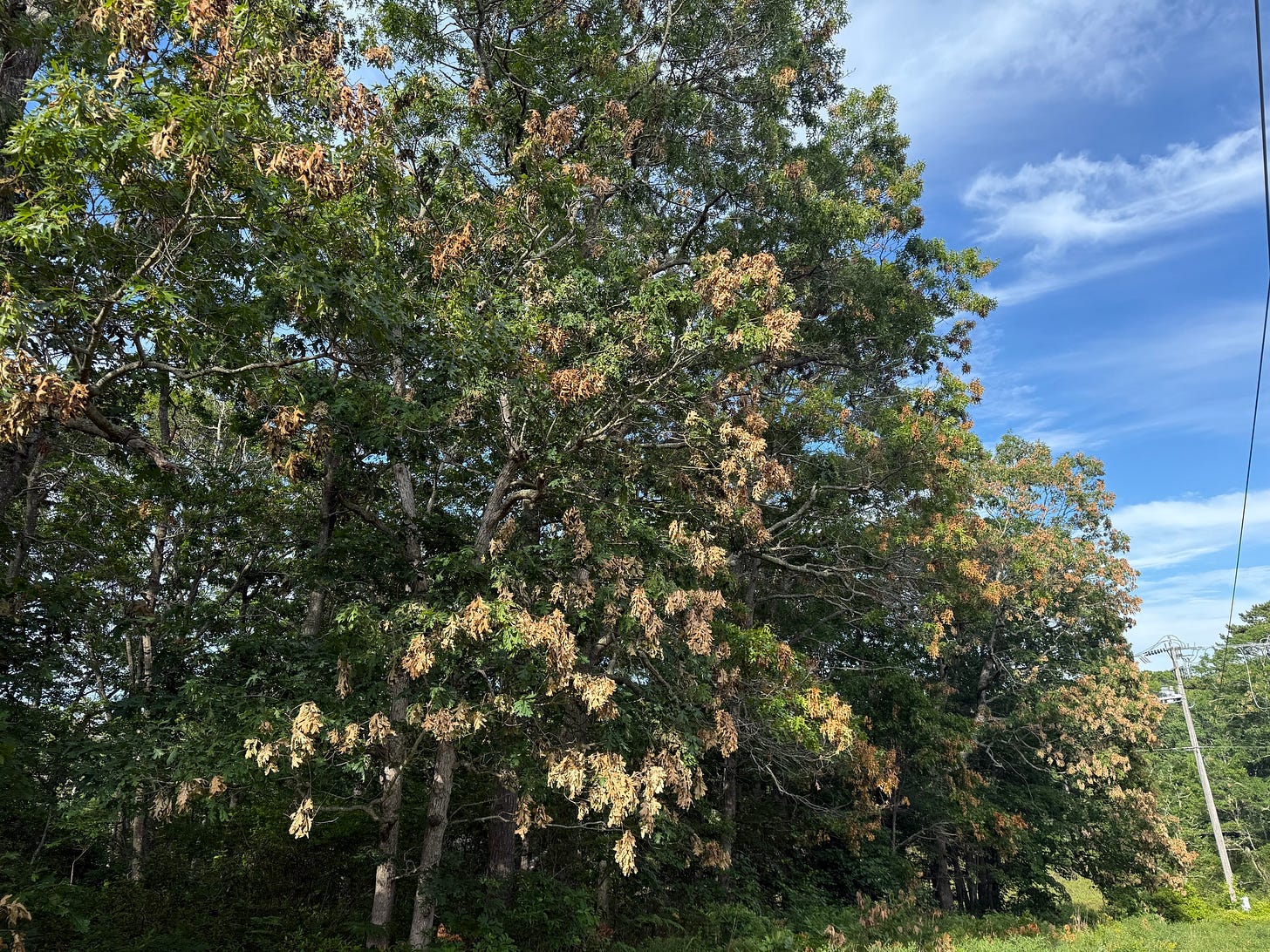
Errors and Omissions
The mushroom I wrote about last week was not Pleurotus dryinus, but it was actually Pleurotus levis after all. I was helpfully informed of the difference by iNaturalist user adgordonvt who corrected my identification to Pleurotus levis and provided several key reasons. The most notable difference is that P. levis has a yellow layer in the cap which you could see in the photo of the bisected mushroom.
Well that was a long one, but a fun one. Let me be the first to welcome you to the month of July,
Aubrey
References:
Kuo, M. (2007, April). Bulgaria inquinans. Retrieved from the MushroomExpert.Com Web site: http://www.mushroomexpert.com/bulgaria_inquinans.html
Bi H, Han H, Li Z, Ni W, Chen Y, Zhu J, Gao T, Hao M, Zhou Y. A Water-Soluble Polysaccharide from the Fruit Bodies of Bulgaria inquinans (Fries) and Its Anti-Malarial Activity. Evid Based Complement Alternat Med. 2011;2011:973460. doi: 10.1093/ecam/neq070. Epub 2011 May 3. PMID: 21785644; PMCID: PMC3139502.
Sang H, Xie Y, Su X, Zhang M, Zhang Y, Liu K, Wang J. Mushroom Bulgaria inquinans Modulates Host Immunological Response and Gut Microbiota in Mice. Front Nutr. 2020 Oct 8;7:144. doi: 10.3389/fnut.2020.00144. PMID: 33134305; PMCID: PMC7578393.
https://mushroomexpert.com/fungionwood/cup%20and%20saucer/species%20pages/Bulgaria%20inquinans.htm
https://www.seashoretoforestfloor.com/poor-mans-licorice-bulgaria-inquinans/





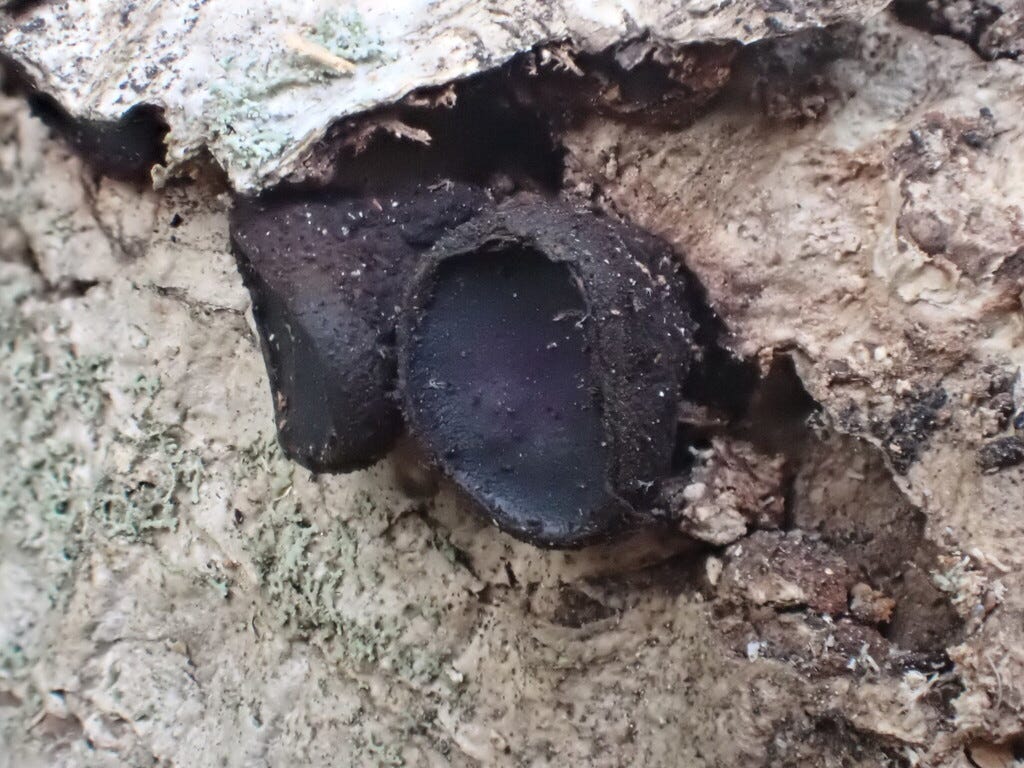
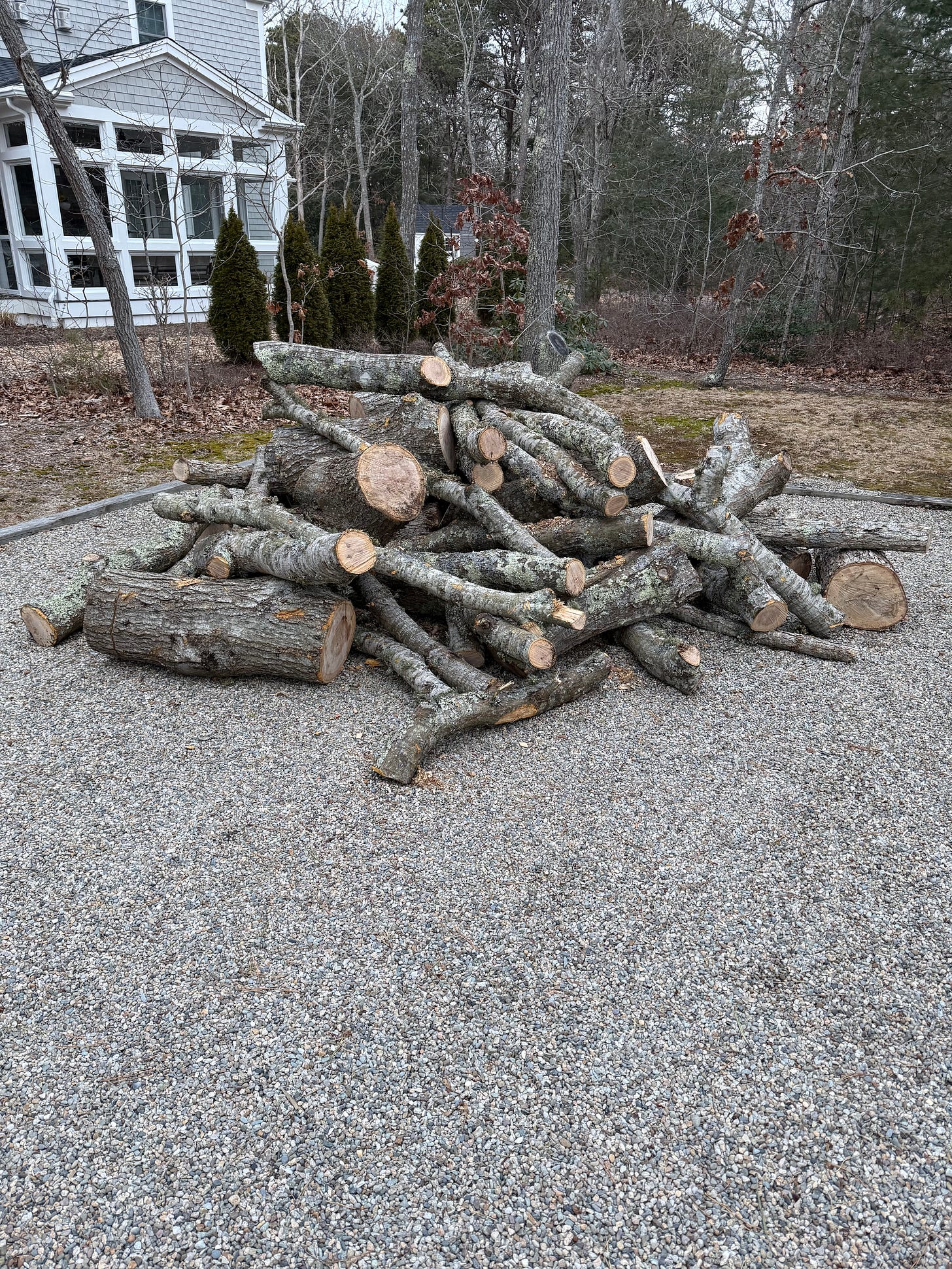

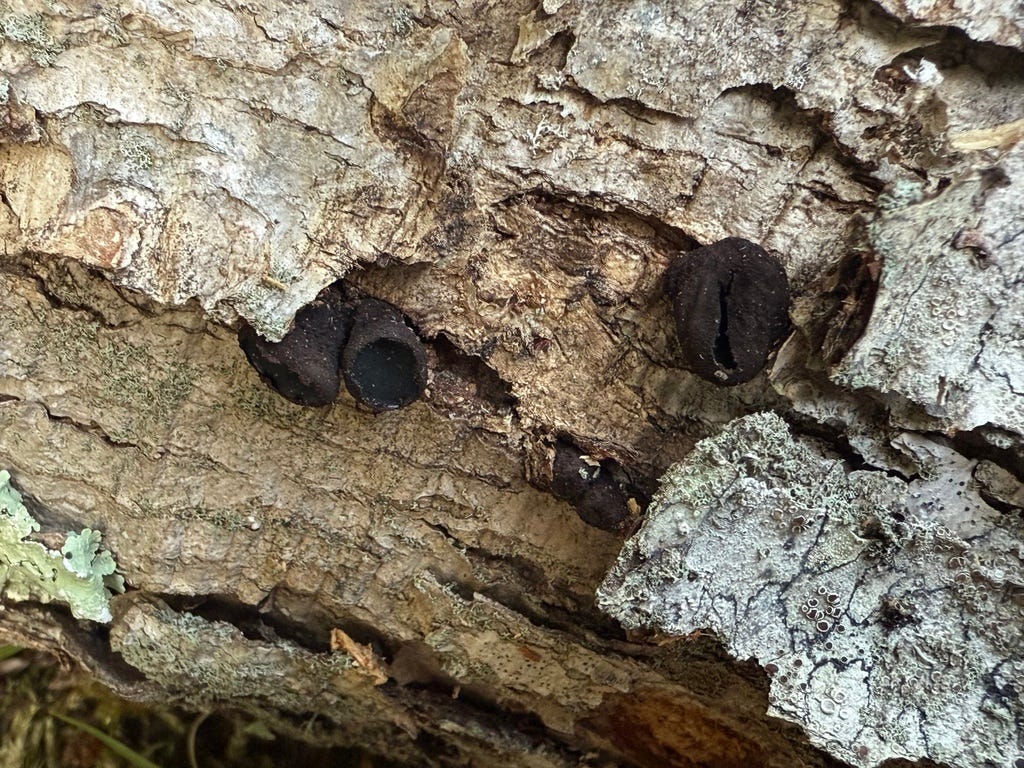
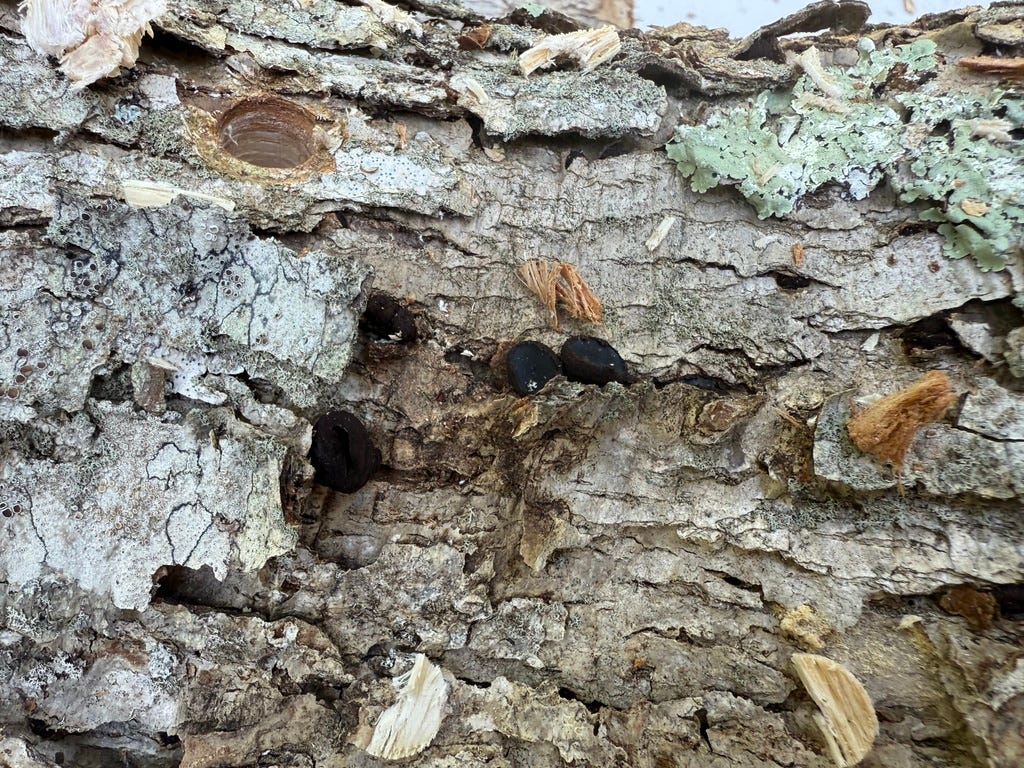
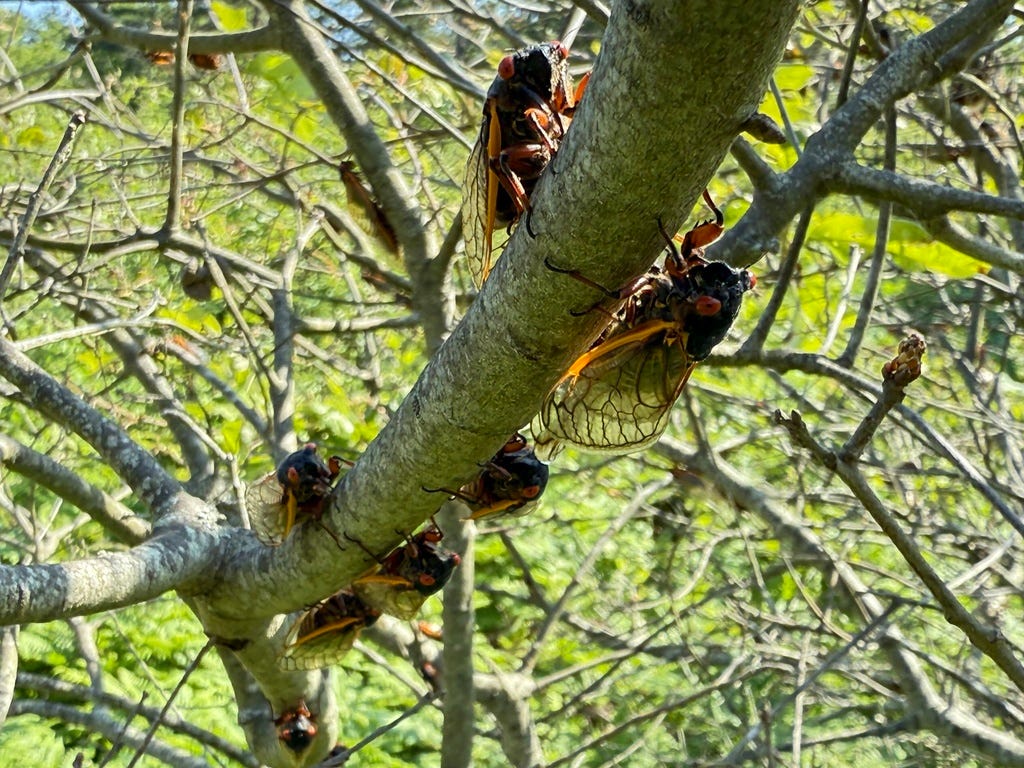

I wonder if it matters if it’s white oak or red oak. I built a kayak using white oak for the ribs due in part to its resistance to rot (I.e. fungal digestion) That suggests it might not be great for growing mushrooms
Excellent stuff! I am also on Cape and grow shiitakes on oak. After plugging, the first growth was pm licorice ( a good pseudonym as I think further🤔). I found that the shiitake came in, though delayed. Those logs still producing strong!
Enjoy your wordplay!